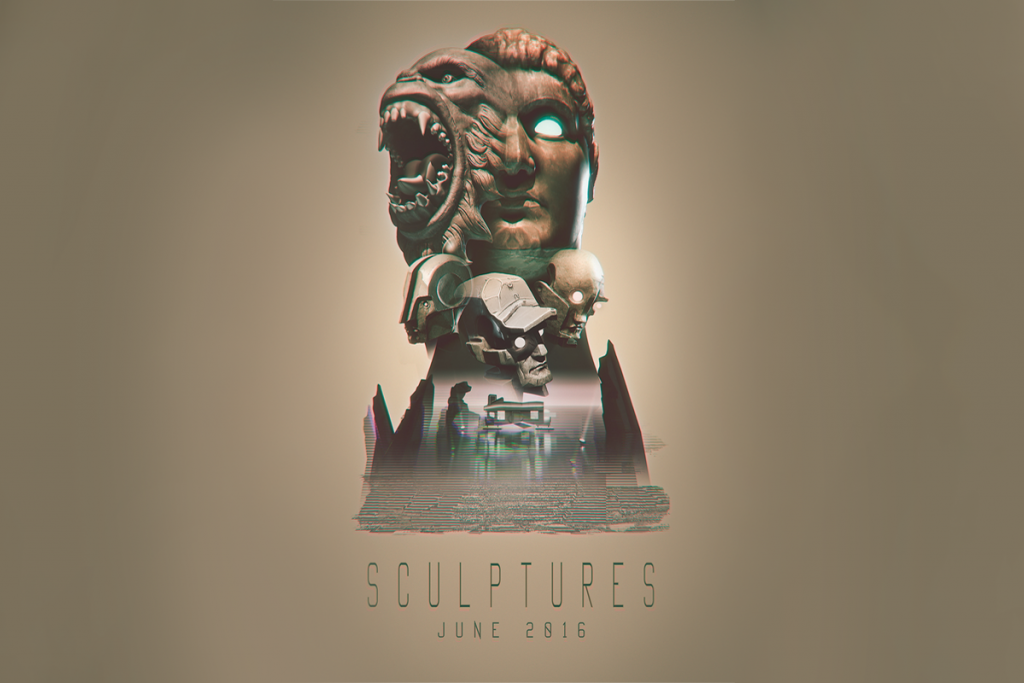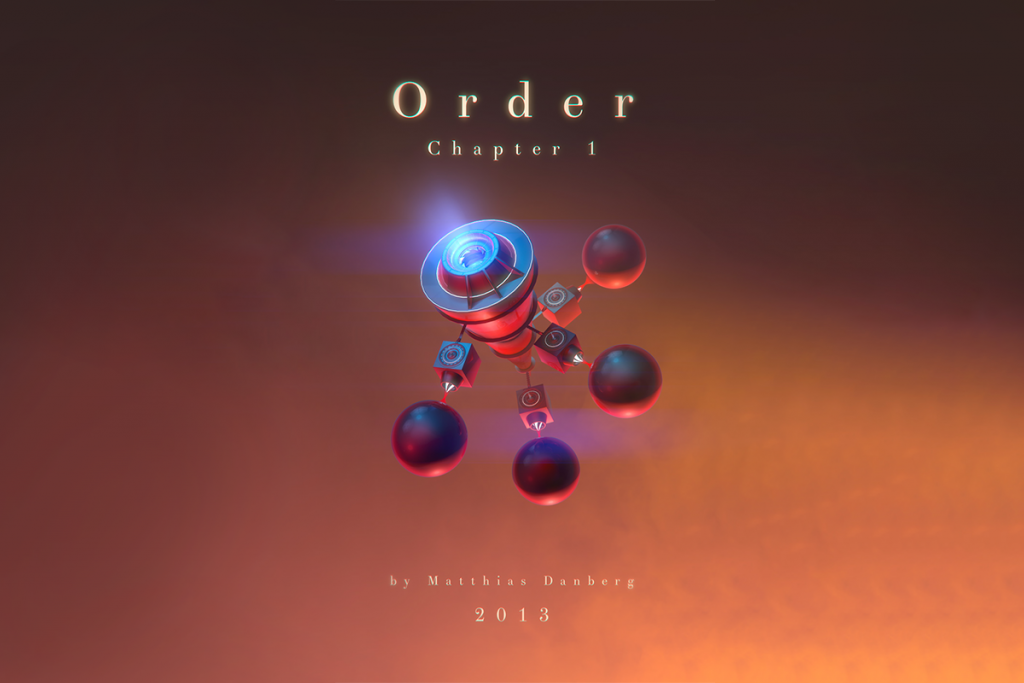Matthias Danberg Visual & Digital Artist

Noh:
Chaper one
Noh präsentiert eine Bühne für einen unbestimmten Character, der die Bühne betretend einen rituellen Tanz aufführt. Dieser Charakter umschreibt mit seinen Bewegungen die Beschwerlichkeiten, die bereits hinter ihm liegen, die Hindernisse, die noch vor ihm liegen, und bekundet zugleich seine Absicht allen Widerständen zu trotzen.
sculptures
The 3D animation “Sculptures” provides a view into a deserted, probably transhumanist world. The actors – each a combination of technology and fragments of cultural achievements – interact in such a way that it is unclear whether they are in a conflict or whether they are exchanging information.


Bees
The three animated films are a requiem for the bee after its demise. In these, a facsination and reverence are expresed through the reconstruction of a long-gone life form, but we cannot be sure who is presenting this to us. It is no longer humankind who laments the loss of a species in its living enviroment.
Order
Four synchronously moving architectural visualisations deliver insight into the entanglement of architecture and utopia and mark the beginning of the „order“ cycle. The film reveals the microstructure of the series by gradually becoming the macroperspective.


Inner Salt
First of all the title refers to the so-called „zwitterions“, molecules which are notable for having positively as well as negatively charged particles.
The metaperspectives then provide the observer with a view of the simultaneousness of the, to some extent diverging frames/channels that form a metaperspective on the momentum of progress itself.
3d Prints
At the beginning of history people were sitting around the campfire telling stories of fairy tales and myths to each other. Here people came together in „virtual“ worlds in an attempt to make the world and the life in it understandable. This habitus was always accompanied by artistic artefacts that carried the content of the stories into the real world and the new wave of 3d-printed sculptures exemplify this desire with their digital origin.

About
Born in 1981 I grew up in an analog world that just started to make its first steps into the digital realm. I played the first videogames consisting of just a few pixels on a monochromatic screen. I painted my first digital abstract paintings with what will later become mspaint. I watched the polygons grow from simple abstract lines to now high resolution shapes. The landline phones of my childhood were slowly replaced by digital devices smarter than the rockets that landed on the moon. While the digital pushed into our lives the cold war ended, the internet bubble collapsed, the twin towers were crushed, the economy had to be saved a couple of times, social media tried to replace the social life and a virus took the world hostage.
In 2007 I put the oil colors aside and started to work with pixels to find an appropriate form for the monumental changes we face going forward. Based on my studies of fine art and philosophy the idea of the monumental pervades my animations, pictures and 3d-prints. For more uninteressting information take a look at my CV.

© Matthias Danberg 2021
